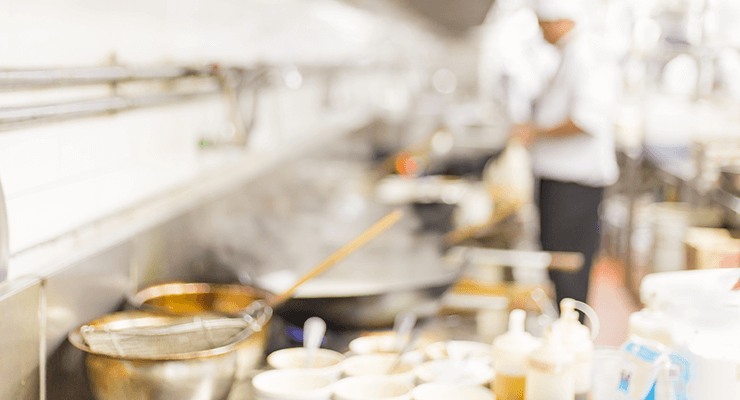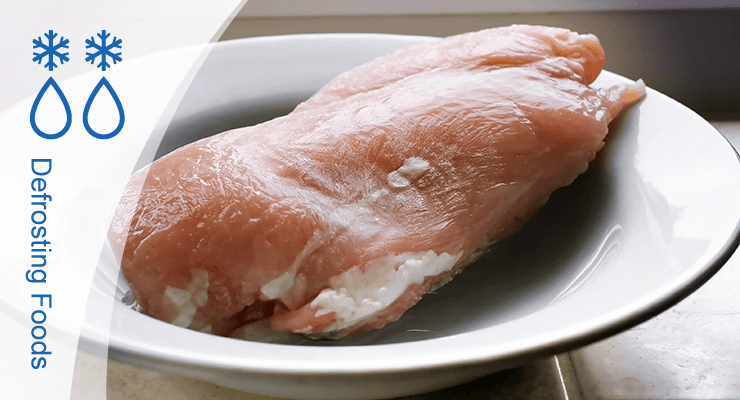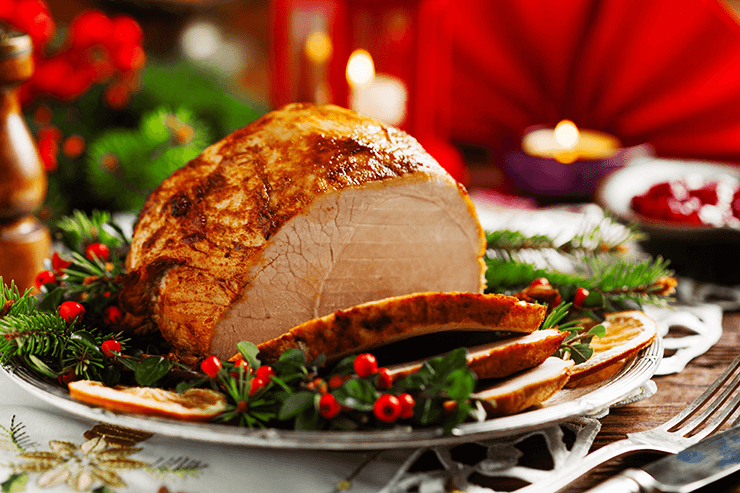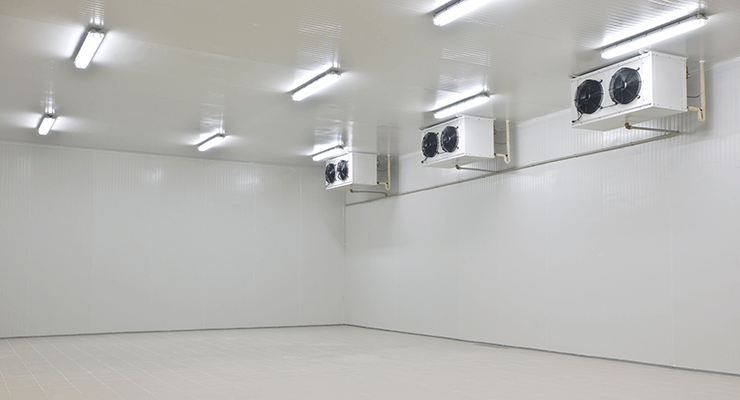Storing for freshness and safety
Refrigeration and freezing
If you are planning to cook your meat within a few days of purchasing, then you should refrigerate it as soon as possible afterwards. If you’re buying ahead, meat should be frozen immediately, rather than a few days later or on its use-by date.
Your fresh meat and poultry must be refrigerated at a temperature no warmer than 4°C and for no more than a few days. Frozen meat and poultry should be stored at a temperature of -18°C or less and consumed within a few months of purchase.
Ensuring that raw meat and poultry doesn’t come into contact with other cooked or non-meat products is essential to stop the spread of bacteria.

Packaging
Most joints of meat and whole birds are well packaged from purchase and can therefore be placed straight in the bottom of your refrigerator or freezer without worry. However, if your meats aren’t well sealed or you have taken them out of their packaging, it’s essential that they are wrapped tightly in cling film or in sealable, air tight bags before they are stored.
Well packaged meat is not only safer and lasts much longer, it tastes better too.

Preparation
Preparing your meat so that it not only tastes great but is safe and hygienic too is as simple as following these steps.
- Take your meat out of the refrigerator about 1 hour before cooking to allow it to reach room temperature. This stops the meat from ‘seizing up’ when placed into a hot oven and leaves you with a tender piece of meat once cooked.
- DO NOT wash your meat before cooking. This can spread bad bacteria around your kitchen. Instead, place meat straight into a roasting tin.
- Season the meat of your skin with any herbs and spices you might want and place into your preheated oven for the specified time.
- Wash your hands thoroughly, as well as any surface area that might have come into contact with the raw meat.
- Once cooked, check the temperature of your meat or poultry with a meat thermometer to ensure it’s at a safe temperature and then rest for around 20-30 minutes before serving.

Defrosting
If you’re cooking a joint of meat that has been frozen, the steps are very much the same. Before cooking, thoroughly defrost it in a refrigerator for at least 24 hours then follow the above preparation instructions.

Cooking your meat
When roasting meats for your Christmas dinner, there are a few temperature rules you should follow to ensure your meat is cooked thoroughly before consumption. The easiest way to ensure your meat has been heated to the right temperature is to buy a meat thermometer.
If you work in the restaurant or catering industry, it’s likely that you’ll already have one of these. For the home chef, they are relatively cheap to buy and could save you from a Christmas disaster if you’re not confident in the kitchen.
The temperatures below are the recommended guidelines for roasting meat joints.
- Lamb (medium): Between 60°C – 66°C straight from the oven.
- Pork (medium): Between 60°C – 63°C straight from the oven.
- Whole chicken & turkey (cooked through): Between 73°C-75°C straight from the oven.
- Beef (Medium): Between 60°C – 65°C straight from the oven.
It’s important to let meat rest after roasting, not only to enhance the tenderness and flavour of the meat but also to complete the cooking process. The temperature of meat will rise slightly after 5 minutes of resting and then begin to cool again the longer it is left.
If covered tightly, most meats can be rested for up to 40-50 minutes before eating and this is the best way to achieve the perfect, juicy roast.
Reheating, reusing and storing after your meal
After the Christmas rush, it usually goes without saying that there will be leftovers. Every year in the UK, restaurants and households waste tonnes of food unnecessarily. This is either due to bad storage practices or a lack of ideas when it comes to reusing leftovers.
Tackling this waste problem not only saves you money and is better for the environment; it helps restaurants and home cooks to create inspiring new dishes in the kitchen.
Good reheating practices
Many of us worry about reheating leftovers, mostly due to the dangers of food poisoning. Food that has been cooked, and then left out, usually contains some kind of bad bacteria. However, the Food Standards Agency states that as long as food is heated through thoroughly, it is perfectly acceptable to reheat leftovers once after cooking.
The main factor that contributes to sickness after consuming leftovers is improper heating techniques. Many people choose to heat leftovers in the microwave, which offers uneven heat distribution and can leave you with ‘pockets’ of bacteria ridden meat. Whether you’re having the traditional turkey or opting for a classic chicken, lamb, pork or beef roast, you should ensure that your leftovers are piping hot all the way through before consumption.

How to store
Storage of leftovers is simple. Ensure your meat is well covered and cooled to room temperature before refrigerating. Placing hot food in a cold refrigerator can bring down the units’ core temperature. This creates moisture, which could leave all your foods open to harmful bacterial growth. Once food has reached room temperature, it must be refrigerated as soon as possible to prevent bacterial growth.
What to do with your leftovers
Leftover meat can be used in a number of creative ways, meaning you don’t have to live off of mini roast dinners for the rest of the festive period. Below are some post-Christmas meal ideas to use up your leftovers.
Lamb
- Rogan Josh Curry
- Shepherd’s Pie
- Sticky Lamb Kebabs
Chicken
- Sweet and Sour Chicken with Rice
- Chicken Noodle Soup
- Chicken Pie with Mashed Roast Potato Topping
Turkey
- Lean Turkey Curry
- Turkey Risotto with leftover vegetables
- Warm Turkey Salad
Pork
- Chinese Pork Stir Fry
- Creamy Pork Casserole
- Pork and Stuffing Sandwiches
Beef
- Italian Beef Ragu
- Beef and Ale pie
- Beef Casserole with Dumplings













